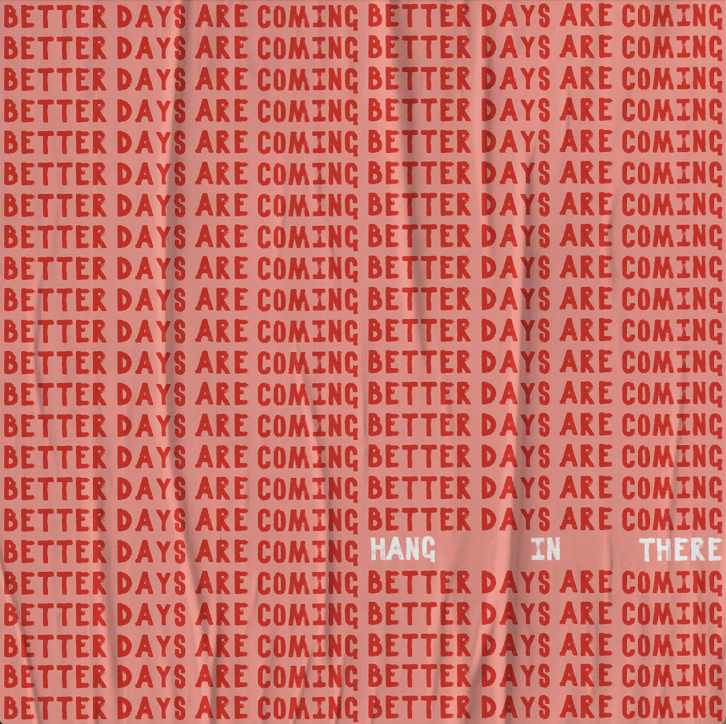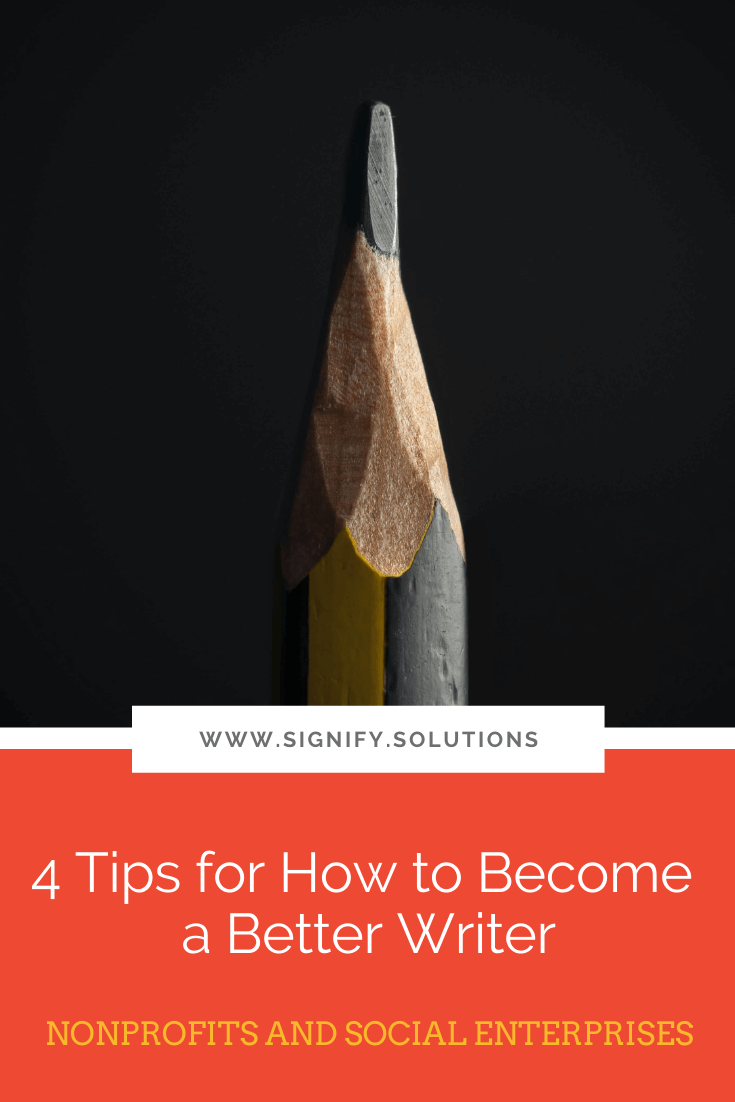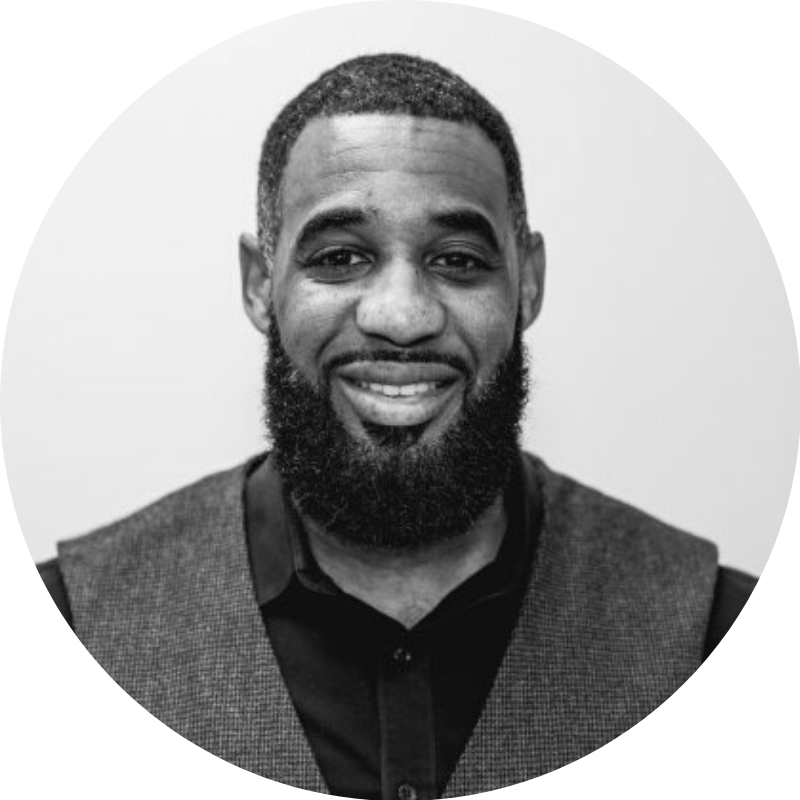2020. What can I say?
My word for the year was TRUST, and good gracious, that was certainly put to the test.
There has been so much fear, anxiety, heartbreak, and unknown over the past 12 months, and though we are more well-informed today and a vaccine has arrived, we still don’t know what the long-term ramifications will be.
At times it feels like a constant free fall, doesn’t it?
Yet, we each also found some bright spots. There were signs of hope all around us—if we dared to look for them.
People working together.
Kindness being shown.
Justice taking hold.
Smiles behind the masks.
But I have to admit, I found myself struggling on a lot of days. From forced isolation to losing clients to my own chronic health issues to, you know, general pandemic junk like wiping down my groceries for months, I went through a lot of dilemmas last year.
However, there was one decision in particular that changed the course of my business and life.
Let me take you through a general timeline of 2020 from my perspective.
January
Remember when we all started 2020 with hope and fresh eyes? So many business plans and capital campaigns were built around the start of this new decade.
Themes were created.
Events were planned.
Anticipation was all around us.
I was right there with you. I had made progress in my business and health the previous year, but 2020 was going to be my best year yet! In fact, that sentiment is what I kept writing over and over in my planner: 2020 is my year!
And then . . .
March
It’s like our calendar re-started, isn’t it? Everything is “before the pandemic” or after.
As someone with chronic health issues for almost nine years now, I was safely tucked away in my apartment. Honestly, things weren’t much different. I already lived alone, as a solopreneur, I worked alone.
So, other than having to move a few of my meetings online and my amazing friend delivering my groceries to me, my routine didn’t change all that much. I actually thought I was kind of built for this, and as long as I was careful, I’d be fine.
BUT around this time I also started feeling bad. Not COVID bad, but I knew I had another kidney infection. They weren’t new to me, sadly. This one, though, wouldn’t go away.
Remember: I’m also running my own business during this time.
Not only did I have to work while dealing with this issue (which was super hard), but the world was just learning about what the pandemic could mean for us—and freaking out as a result.
During March I lost most of my clients, at least for the short-term.
The projects I’d mostly been working on in January and February were travel-related or for nonprofits . . . so, yeah. Gone. And even those that were in the works got put on hold, sometimes indefinitely.
Though I’ve been there before, I was truly looking into the future and unsure where money was going to come from. Frankly, it was scary, and you probably know at least some of how I felt from your own experience.
April - May
Over these two months, I had to rebuild my client base, keep in contact with past clients that might have future projects, and of course, stay inside.
Oh, and I still had the kidney infection.
I’ve never had one this bad. I went through four rounds of antibiotics, got treatment from both of my naturopaths, tried tons of homeopathic remedies, and slept a lot. It just wouldn’t go away!
(Side note: Having a kidney infection during a TP scarcity is not recommended. :)
I was extremely grateful to have work, but struggling to get it done because I just felt bad all the time.
My anxiety was also growing—and my hair was falling out from the illness and stress!
It was time to do something that I really didn’t want to do: see a specialist.
June - July
Two things were working in my favor at this point. First, my biggest client was actually having a great year because of the industry they’re in. So, that meant more work for me, yay! Second, I had a new retainer client that would be steady work for at least the rest of the year.
To be honest, I prefer project work to retainer work. But I’ll be the first to admit that I needed the stability these two clients gave me, both for my business and for my health.
At the same time, I was seeing more doctors and getting tests because they didn’t really know what was wrong with me. An x-ray, ultrasound, CT scan, blood work, and more. It wasn’t just a hassle, it was getting expensive! I didn’t have great insurance as an entrepreneur, and I was certainly paying for it.
Additionally, I’d formally started implementing my self-care plan: weekly trips to the Starbucks drive-thru! (And episodes of The West Wing Weekly.) With social distancing and oodles of Zoom calls, my baristas and a Tall Skinny Vanilla Latte were a welcome sight to my routine.
August would also bring a couple of big turning points.
August
Still not knowing what was wrong with me, I had a procedure done to help the docs suss it out. Guess what? They still didn’t know. I got yet another, “If it gets worse, let us know.”
I’d actually started feeling better since July, though. That was a good sign, but I was growing more frustrated by paying doctor fees and getting no answers, my anxiety was getting out of control, and my hair had gotten pretty thin.
I was not okay.
I was at a crossroads, and it was time to make my most difficult business decision yet:
I decided to get a “regular” job.
Oh, and I went on anti-anxiety meds. I needed a clearer and calmer mind to work, sleep, and live life. That was a very good decision, and I hope to go back off of them very soon.
Besides needing better benefits and additional stability, I also have to admit that the forced isolation was getting to me. Like I said, I was primarily by myself a lot anyway, and it actually doesn’t bother me. It is very rare that I feel lonely. But having the decision taken away from me was difficult. As was not traveling, which is really important to me.
For my mental health, I also knew I would benefit from working with a team again. It would be nice to have the support and regularly work with people toward a common cause. Even I couldn’t deny that additional benefit.
Let me also stop and clarify two things before moving on. First, I had no intention to close Signify. My mission, work, and clients matter a great deal to me and I wanted to continue growing my business in some way. I still know how much it’s needed, and I would find a way to continue.
Second, there was a lot of ugly crying involved. For my fellow entrepreneurs out there, you know what I gut-wrenching decision this was.
I felt like a failure.
Like I couldn’t hack it as a business owner.
Like I wasn’t fit to be an entrepreneur.
Now, I know that isn’t true. Part of this was my perfectionism talking and part of it was the anxiety. But it felt horrible and very, very real.
But I pressed forward and did what I need to do: I started looking for a job.
September - October
My body had healed itself by this time. I still don’t know what was wrong, and am praying it doesn’t come back.
But the financial damage was done at this point, and reinforced my decision to find a job. Between all the different healing avenues I’d taken, I’m guessing the costs totaled about $10,000. And, as a reminder, I’d been dealing with chronic health issues for almost nine years, so this was just additional debt to stress me out.
So, during the fall I networked, applied for a couple of jobs, had a promising interview, and continued my client work. However, the meds had kicked in at this point, so at least I felt more clear-headed, which was a huge blessing.
Oh, and of course, a vaccine was just around the corner!
November: THE BIG CHANGE
The first person I reached out to about a job had been a client for about a year, Vector Global Logistics. The founder, Enrique Alvarez, and I got along swimmingly. We had very similar business philosophies and believed in the power of business for social impact.
We were always trying to find ways to work together, and I thought this might be the next step. Luckily, he thought so, too.
It took us a while to work out the details, but I officially started working part-time for them—with benefits—in November!
I’m happy to announce that I’m the VP of Sales and Marketing for Vector Global Logistics.
Basically, Vector gets the products people care about from Point A to Point B. They provide commercial shipping and logistics services. So, they don’t ship you the new shoes you bought off of Amazon, but they do ship the containers of shoes just like them that came from far off places. Well, they do a lot more, but that’s the gist.
Plus, the reason they exist is to change the world. Because the supply chain affects so many aspects of our lives, they see it as a terrific opportunity to do good. They love giving back and do it every chance they get. Obviously, I can get behind that.
And this still allows me to work part-time on Signify as well. I’m deeply grateful, and have really enjoyed working with them over the past two months. They are an incredible and talented team, and I have to admit, it is nice to be working with a team again!
(I will take a moment to give a huge shout-out to all my previous interns, though, who have really helped shape Signify over the past few years. Plus, they have been a blast to work with!)
December
The most difficult aspect of joining the Vector team has been figuring out how to juggle my new responsibilities with my client work while still growing Signify. (And writing content like this!)
I’m a pretty organized person, but I’m definitely still figuring things out. I imagine it’ll be months of working through this process.
I love starting and building things, though, so working with Vector is a really fun and unique opportunity. It is an amazing company.
I’m excited for the future of what we can do together, and how it will effect Signify (and vice versa.) They are very supportive of my work for both companies, and I’ve got big ideas for both!
Overall, the end of 2020 worked out pretty well for me. It was certainly rough at times, but I clung to my word of the year, TRUST, and came through okay.
The Moral of My Story
Here’s the paradox of 2020 for me: I actually made more money than in any other year, whether as an entrepreneur or a full-time employee. But with the stress of the year, my ongoing (and new) health issues, the new debt, the forced isolation, and another uncertain year ahead, I decided to get a job.
Weird—the watchword of 2020.
I tell you my story not just to say “woe is me” or get your sympathy. I’m sharing what happened to me because it’s probably not all that uncommon and I wanted you to know that you’re not alone.
As the founder or leader of a nonprofit or social impact company, you’re always in a battle for better.
You want to do good and by working on behalf of a cause, you’re always sacrificing something of yourself. It could be your time, money, resources, or any number of things. It’s not easy, but you know it’s worth it. I do, too.
While I strive to be a genuine and authentic person, I admit that I’m not always an open book. I do keep things close to my chest because that’s just the way I operate and internally process. But I wanted to share my difficult decision with you because I know you get it.
You may not have been in the same situation as me, but you know how hard it is to run an organization and what you might have to do or give up as a result, both personally and professionally, to see your mission move forward.
Let me remind you, though, just like in 2020—and just like in your work—there are always bright spots in dark times.
How to Find the Right Social Impact Job for You
There are lots of websites, blogs, podcasts, and more that tell you how to find a great job you’ll love. But let me share two pieces of advice that really helped me last year.
Create a great network. When you find yourself with some sort of need, you need a great network to turn to. Cultivate relationships with lots of amazing people, in life and in work. Be generous with your time and resources because it’s the right thing to do, but also because those wonderful people will return the favor. When I was looking for a job, I wasn’t doing it in a vacuum. There were a few amazing friends and peers who were looking out for me, too.
Make a list of what you want. I didn’t want just any job. I knew exactly what I was looking for and I went in search of it. I made a list of all the tangibles and intangibles that wouldn’t just give me a paycheck, but a career, and some place I could really contribute to. Near the very tippy top of that list was a strong culture. I wanted to go somewhere that I would feel encouraged and supported, and everyone else felt the same. Vector checks almost every box on my list (and it’s a long list!). Of course, I’d also had the privilege of working with them for a year, so I knew they walked the walk. I was fortunate in that way, but a good network will also know other good people, so that reinforces the first point as well.
So, there you go! That’s my story of 2020. Now you know the most difficult decision I had to make last year—and know that I’m here for you in your difficult decisions as well.
PIN THIS POST FOR LATER:
I’m Kristi Porter, and I help cause-focused organizations understand and execute effective marketing campaigns so they can move from stressed to strategic. Your resources may be limited, but your potential isn’t. Whether you’re a nonprofit, social enterprise, or small business who wants to give back, I’ll show you how to have a bigger impact.









































